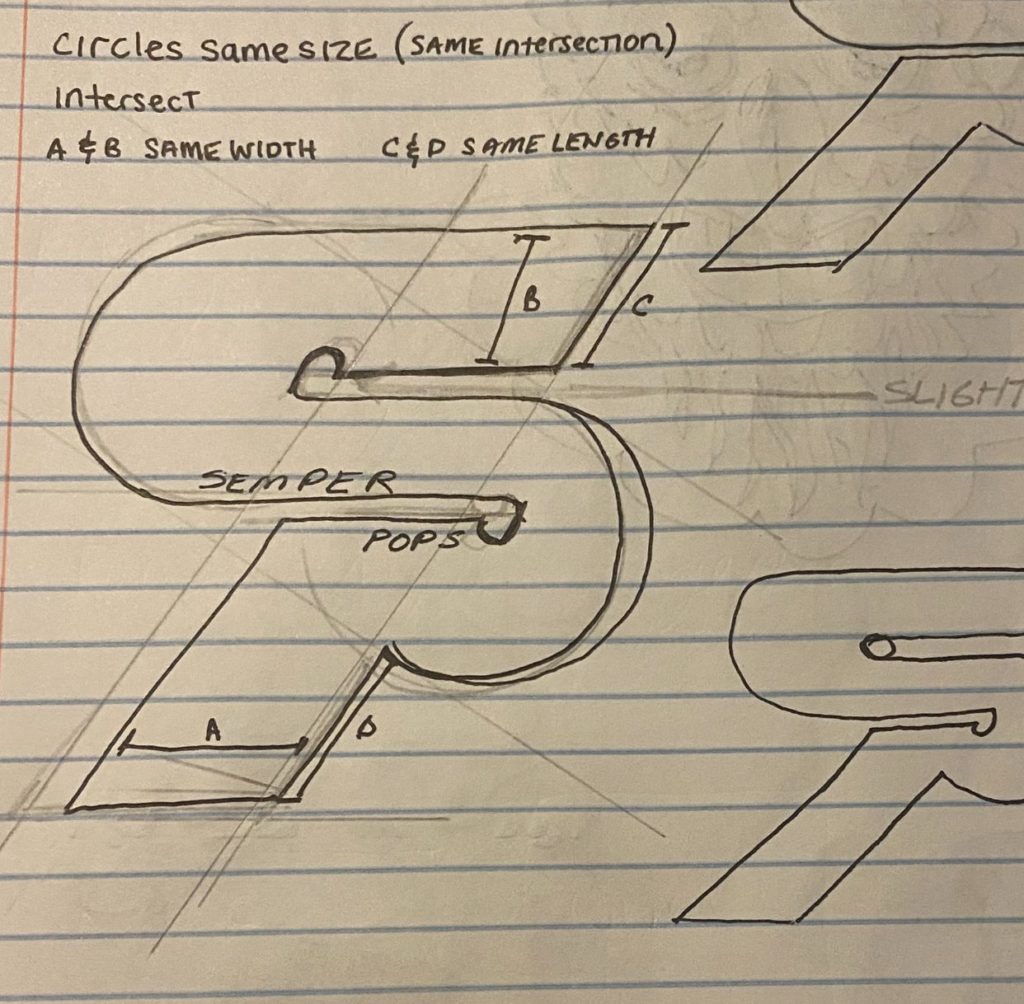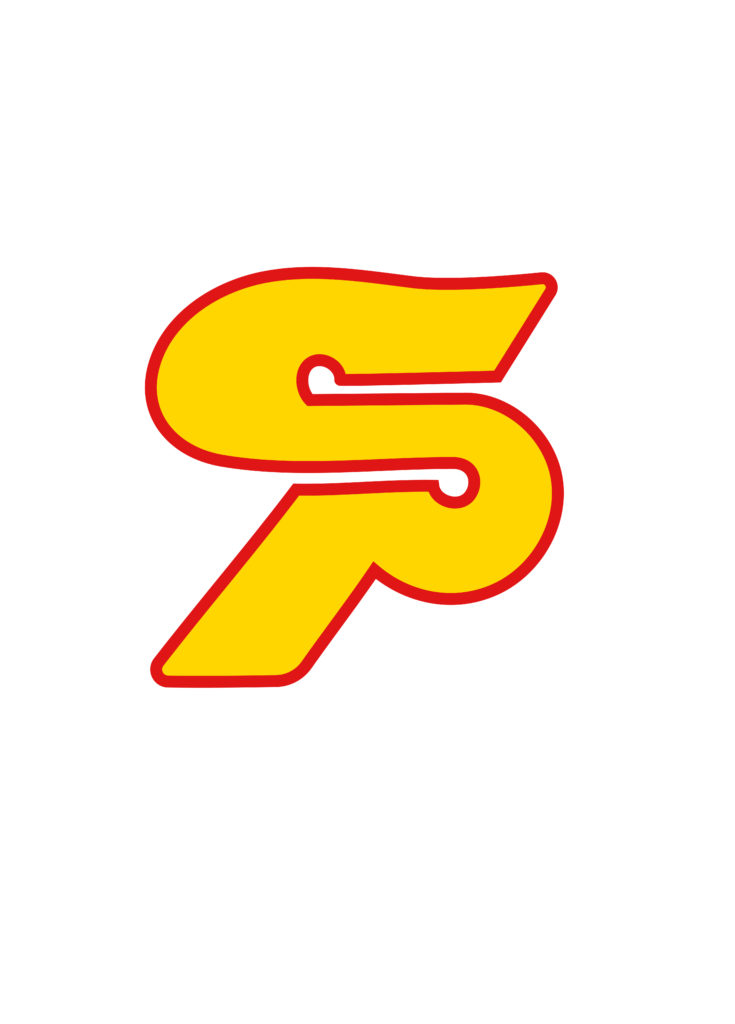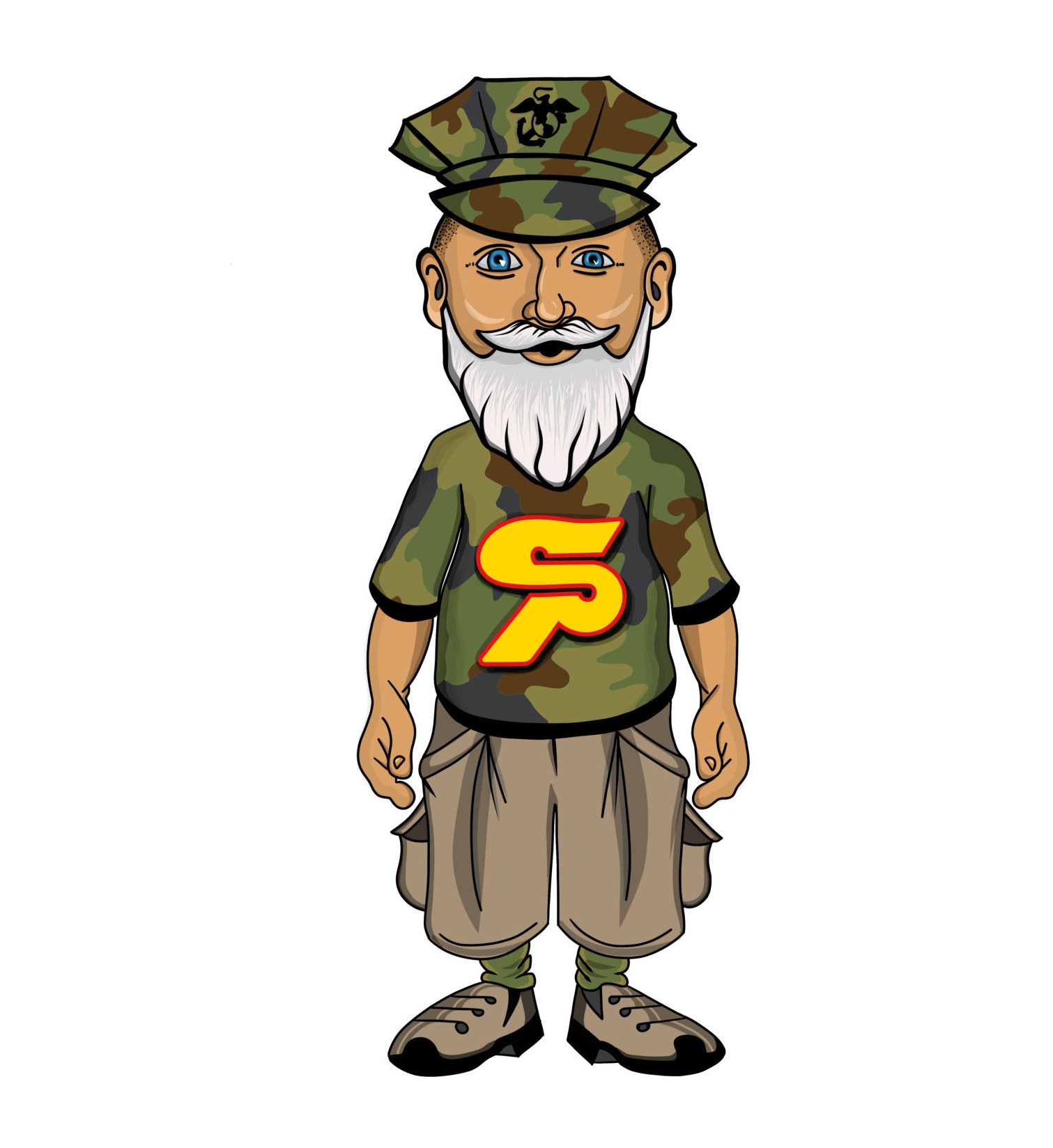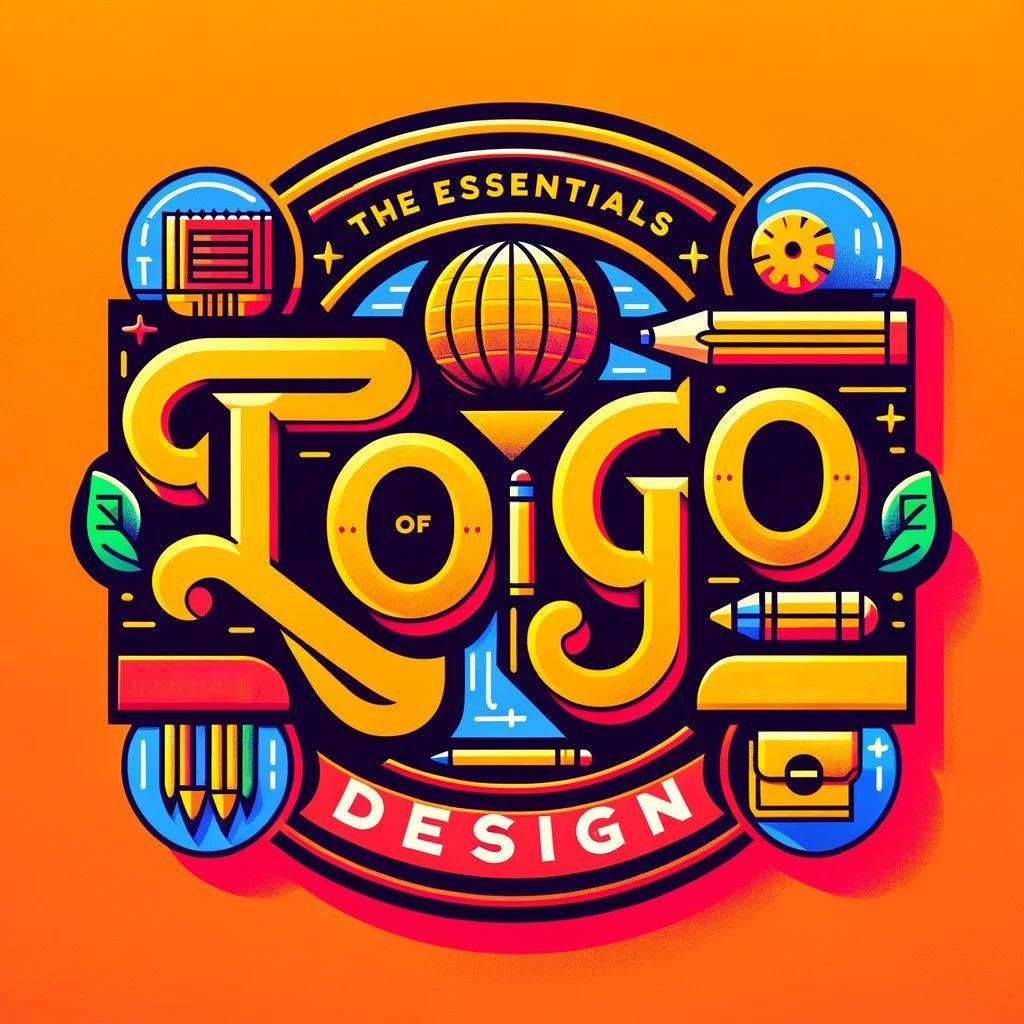The Essentials of Logo Design – A Beginner’s Guide
Welcome back to my journey of visual creation! Over the past couple of days, I’ve been immersed in the world of branding, exploring its impact and crafting my own brand identity. As part of this process, I’ve also taken on the exciting challenge of designing a new logo for Semper Pops, my personal brand. Now, I’m thrilled to share with you the essentials of logo design in this beginner’s guide.
Reflecting on the Journey

Before diving into the intricacies of logo design, let’s take a moment to reflect on the groundwork laid in the previous days. I’ve spent time researching branding principles, dissecting successful logos, and sketching ideas for Semper Pops’ new logo. This hands-on exploration has provided valuable insights into the role of logos in brand identity and the creative process behind their design.

Key Elements of Logo Design
Creating a memorable and impactful logo involves several key elements, each playing a crucial role in defining the brand’s identity and communicating its essence. Let’s break down the logo design process into actionable steps:
- Research and Discovery: Begin by researching the brand’s target audience, competitors, and industry trends. Understand the brand’s values, personality, and unique selling points. This information will guide the design direction and ensure the logo resonates with the intended audience.
- Conceptualization: Brainstorm ideas and concepts based on the research findings. Explore different visual representations, typography styles, and color schemes. Sketch rough drafts to visualize potential logo designs and refine them iteratively.
- Simplicity and Versatility: Aim for simplicity in design to ensure the logo is easily recognizable and memorable. Avoid clutter and unnecessary elements that may detract from the brand’s message. Additionally, ensure the logo is versatile and scalable, maintaining clarity and legibility across various platforms and sizes.
- Typography: Select appropriate typography that complements the brand’s identity and conveys the desired tone. Consider factors such as readability, style, and alignment to ensure the typography enhances the overall impact of the logo.
- Color Palette: Choose a color palette that reflects the brand’s personality and resonates with its target audience. Consider the psychological associations of different colors and their impact on perception. Limit the color palette to a few cohesive hues to maintain visual harmony and consistency.
- Feedback and Iteration: Seek feedback from stakeholders, peers, and target audience members to gain valuable insights and perspectives. Iterate on the initial designs based on the feedback received, refining and polishing the logo until it accurately represents the brand’s identity and resonates with its audience.
Looking Ahead
As I continue my exploration of logo design, I’ll be researching logos from various industries, analyzing their key concepts, and drawing inspiration from their creative approaches. Additionally, I’ll be sketching and developing a brand logo for a fictional company called “Ripple Retreats,” a tent company catering to the fly fishing community. Stay tuned as I share my progress and insights in the upcoming days!



Very cool stuff